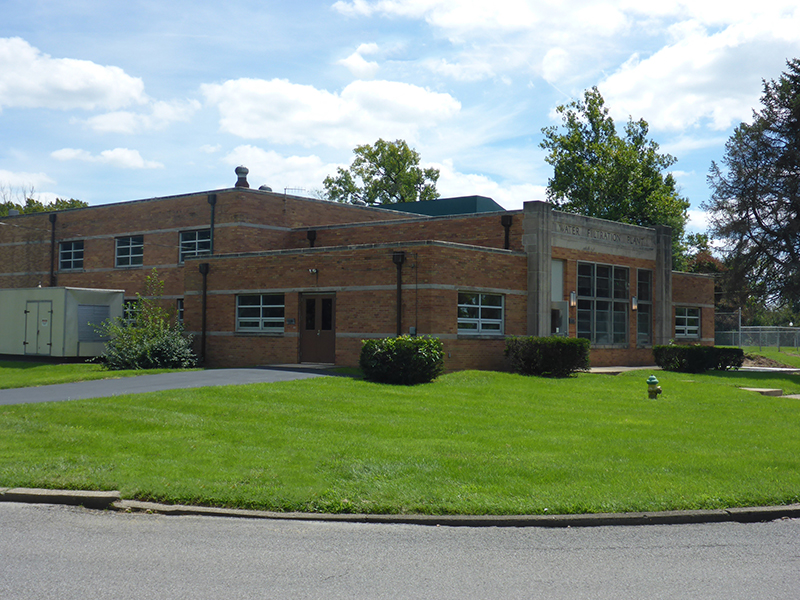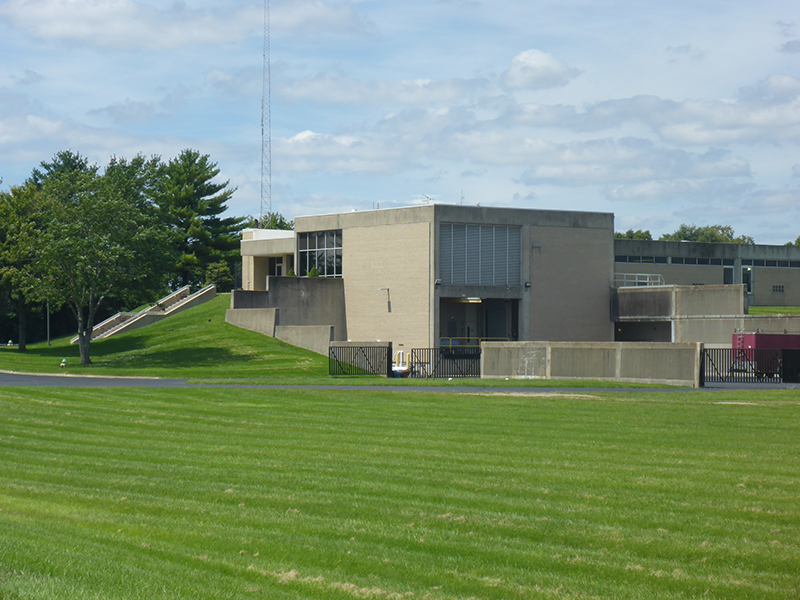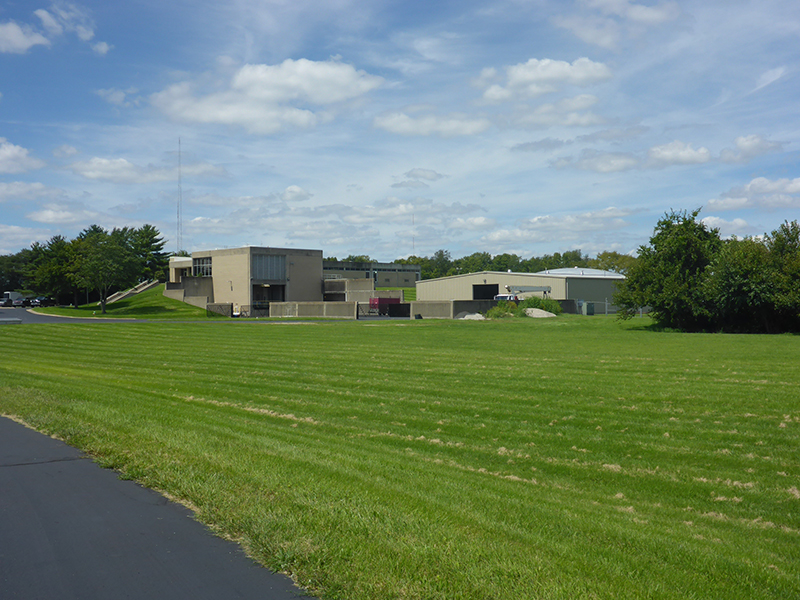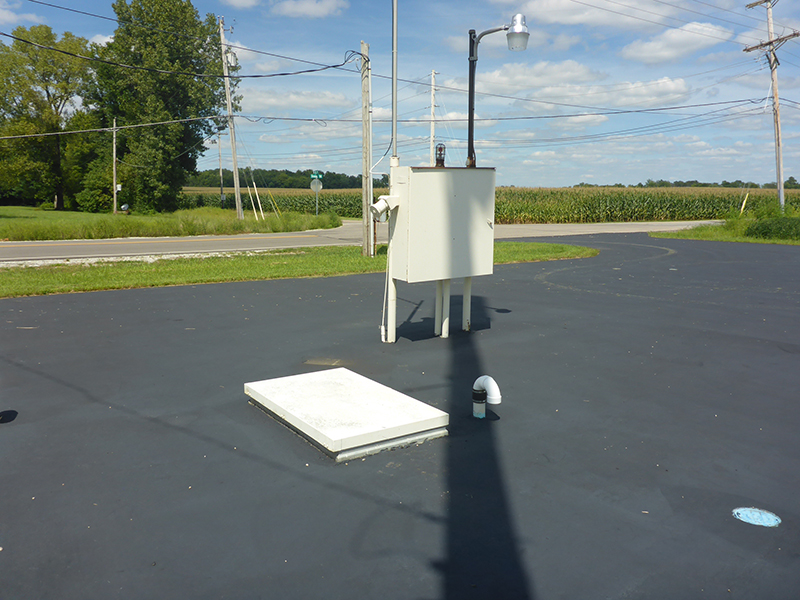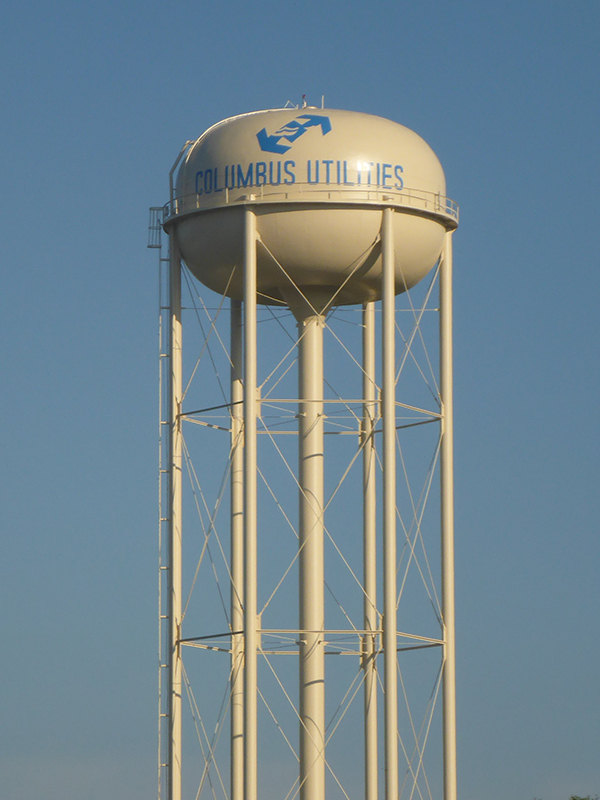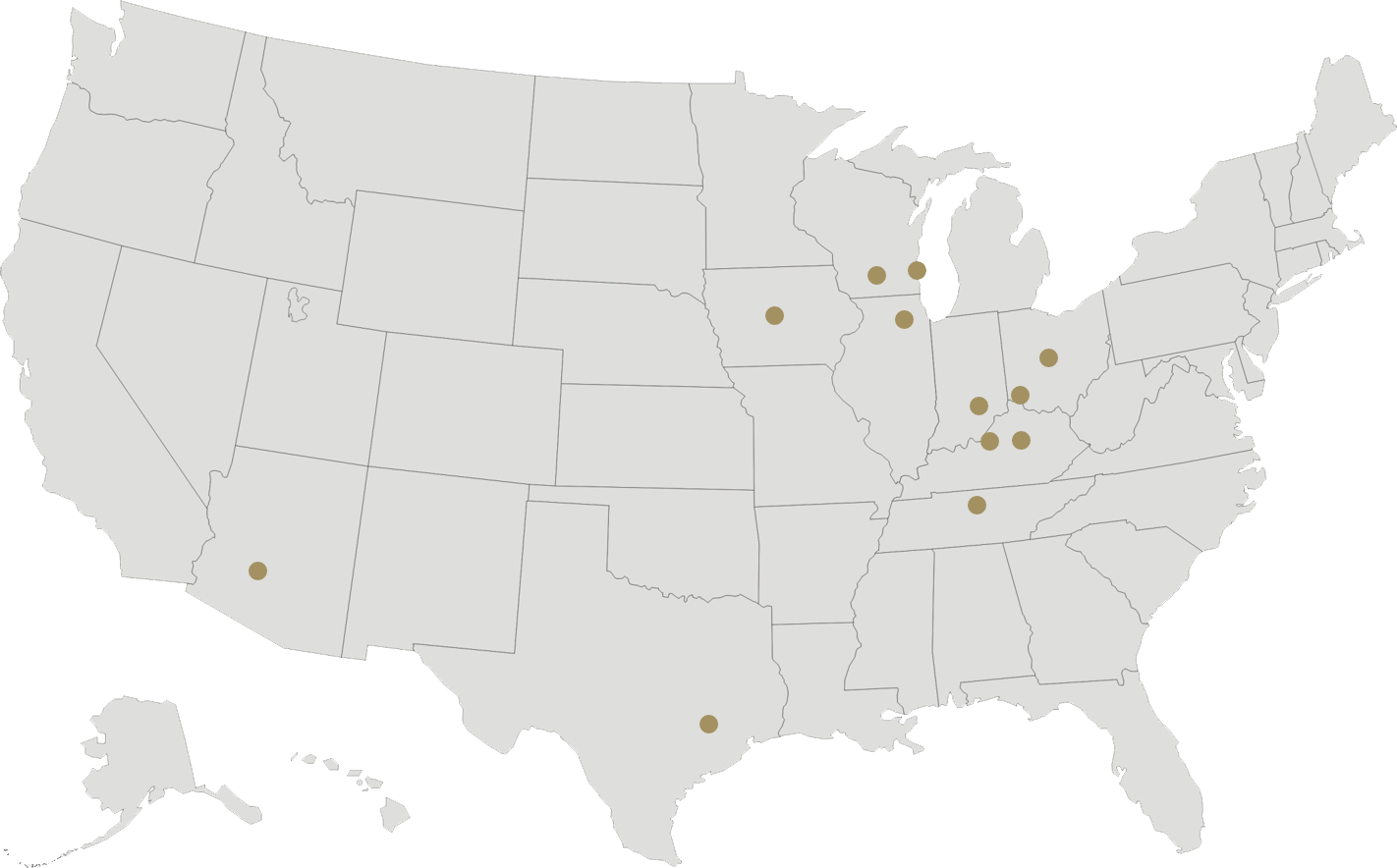Our firm recently completed a 20-year master plan to guide Columbus City Utilities’ (CCU) operations, maintenance, and capital improvement programs for its water and wastewater utilities. In establishing the 20-year utility master plan, we prepared a comprehensive evaluation of the following:
- Water supply capacity
- Vulnerability to drought and contamination
- Projected seasonal peak demands
- Water treatment filtration condition and capacity
- Water plant equipment condition life expectancy
- Water system hydraulic model (using WaterGEMS software)
- Water distribution system performance, including water age and pipe age
- Strategic growth plans and other plans prepared by the City
- Proposed short- and long-term capital improvements
- Community comments provided through stakeholder meetings
Approximately $30 million in specific projects was recommended for the distribution system over the next 20 years. The City had anticipated this level of work, as the water system had not received any modifications over the last 25 years.
The Columbus City Utilities’ water distribution system includes two booster stations, five water storage tanks, and approximately 300 miles of pipe (primarily cast iron and ductile iron) ranging in size from 4 to 30 inches. We evaluated the system’s current and future compliance with regulatory requirements; the condition of existing structures, equipment, and piping; and current facility and infrastructure capacity, as compared to projected 20-year needs.
An evaluation of storage tank capacity during a 3-hour fire flow event determined that while the Eastern Zone of the water system had sufficient storage capacity, the Western Zone had a deficit of almost 70,000 gallons. We developed a plan to address this deficit, as well as insufficient pressure maintenance, by performing revisions to the system booster stations and water tanks over the next 20-year period. We also reviewed distribution system piping to determine the need for transmission mains in areas of the city of projected future growth and succeeded in identifying four critical transmission main projects.
In addition to these improvement projects, we also observed areas within the distribution system where the fire flow did not meet the City’s objectives. Seventeen water mains were identified for replacement or construction, and each main was broken down into six distinct projects so that entire areas could be evaluated either simultaneously or independent of one another. Our investigation enabled the City to perceive the feasibility of addressing many of these problem areas.
Finally, we developed a program to schedule phasing out any water main that had exceeded its anticipated useful life. Pipes installed between 1920 and 1950 initially underwent replacement, as we were able to determine water main longevity by reviewing the installation timeline and break history data maintained by the City.
Back to Project Gallery